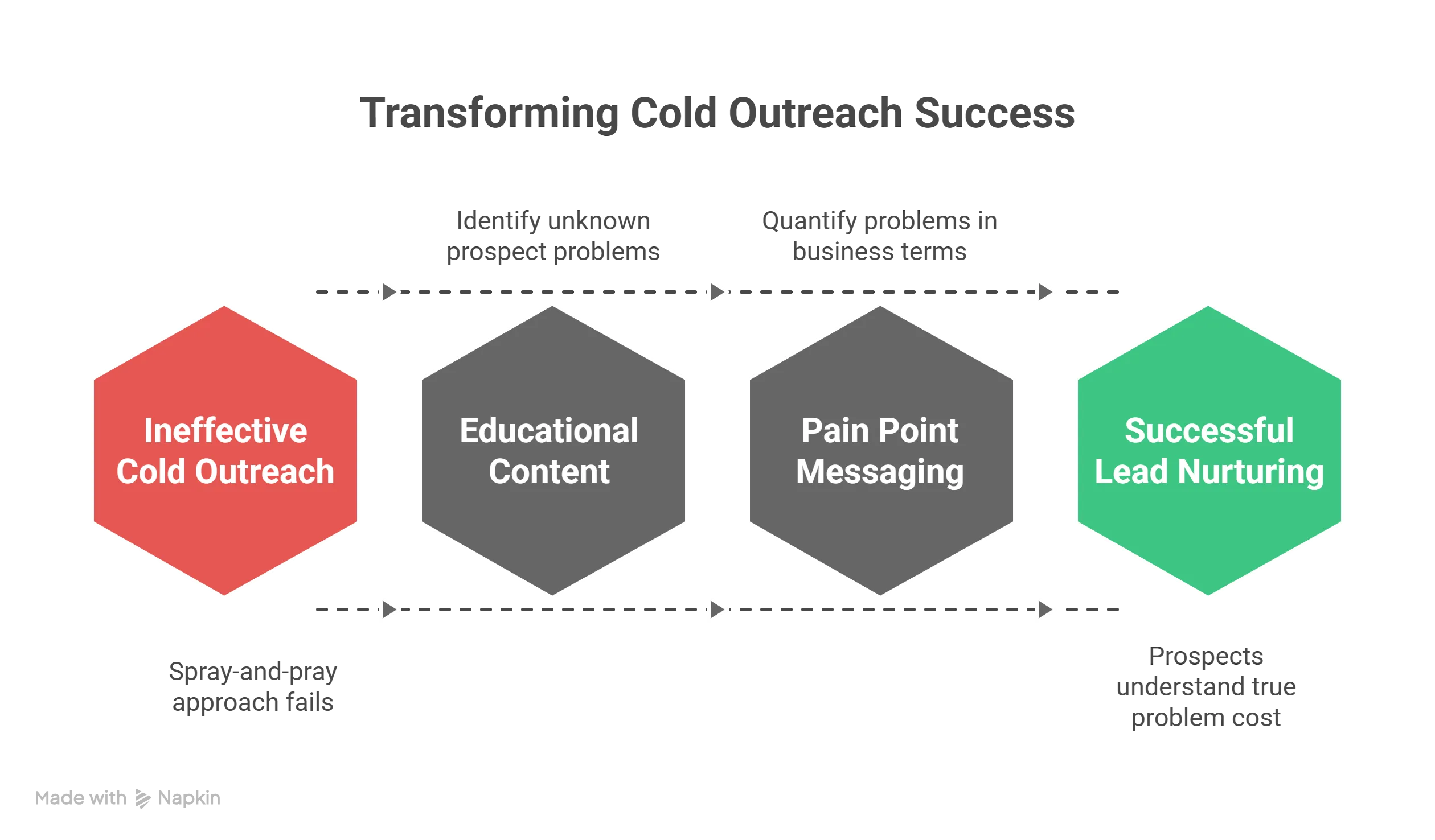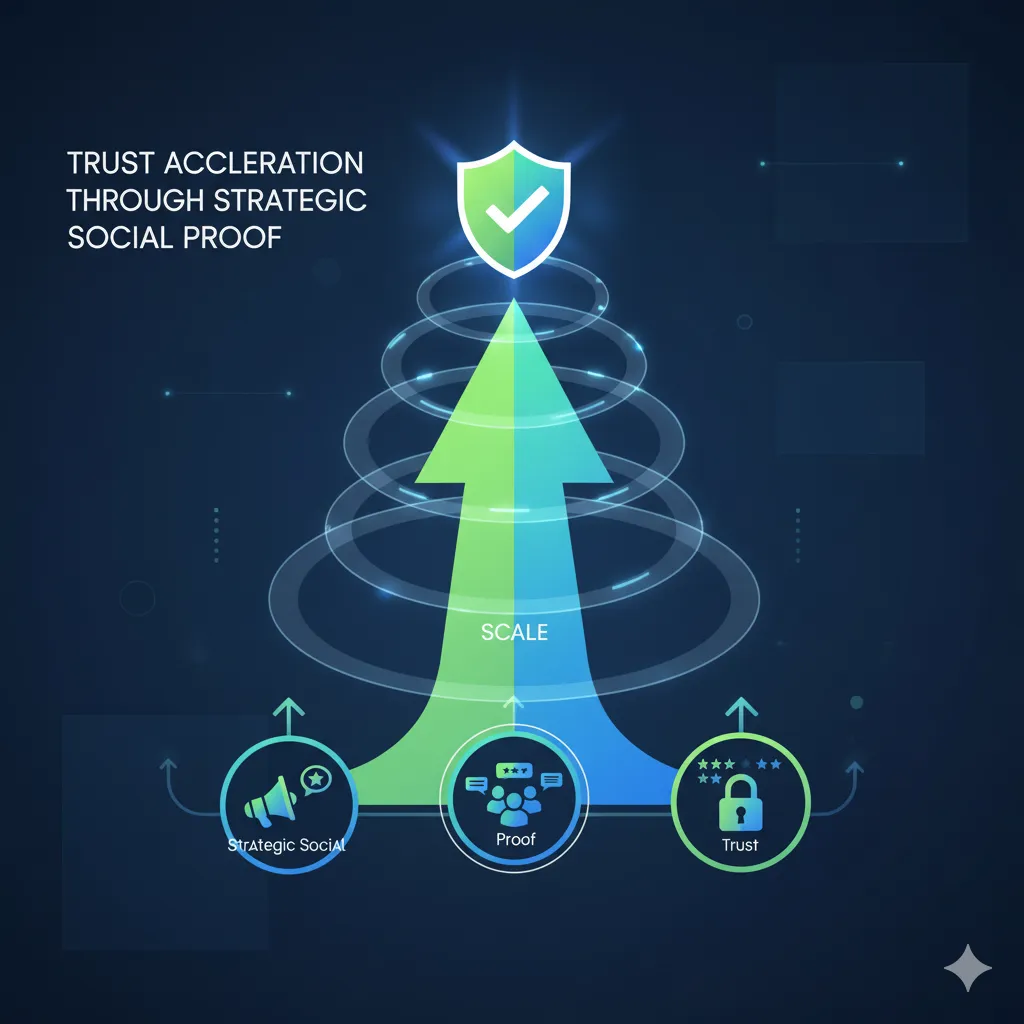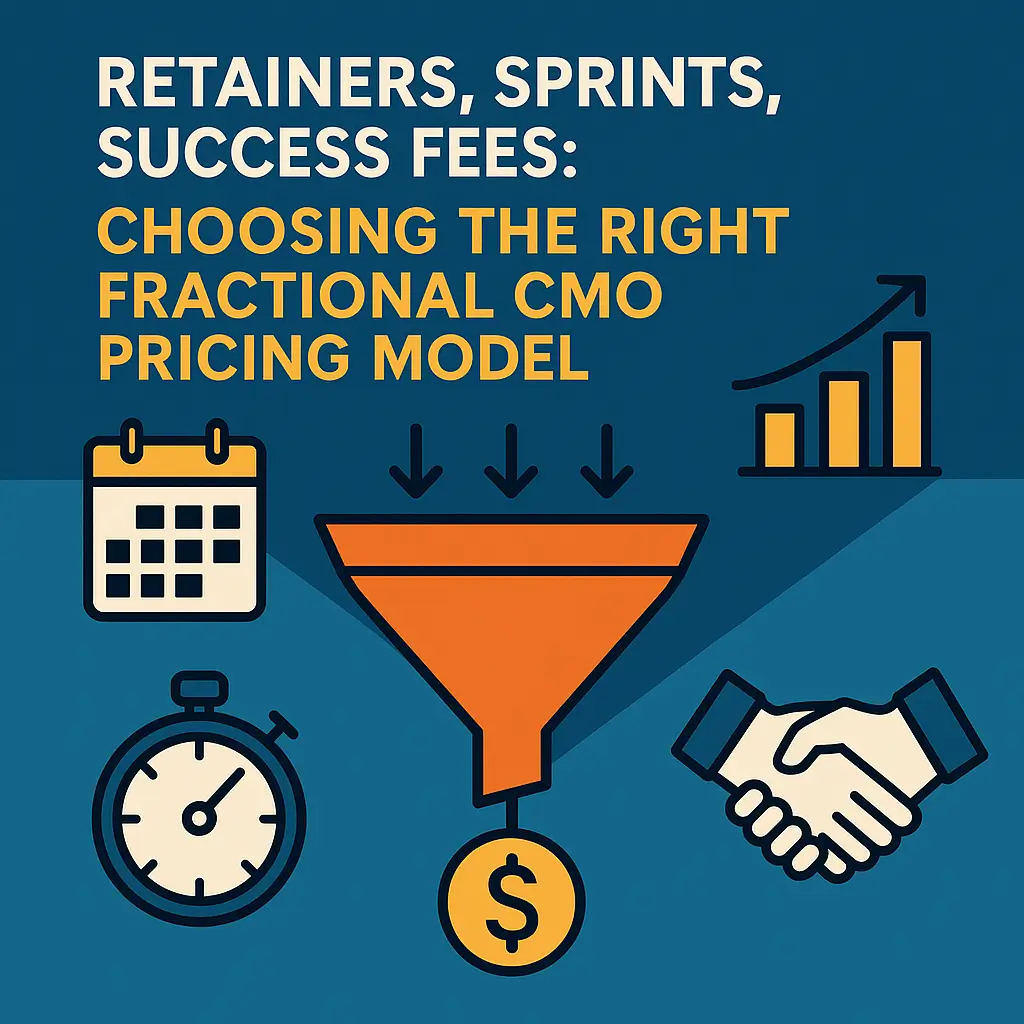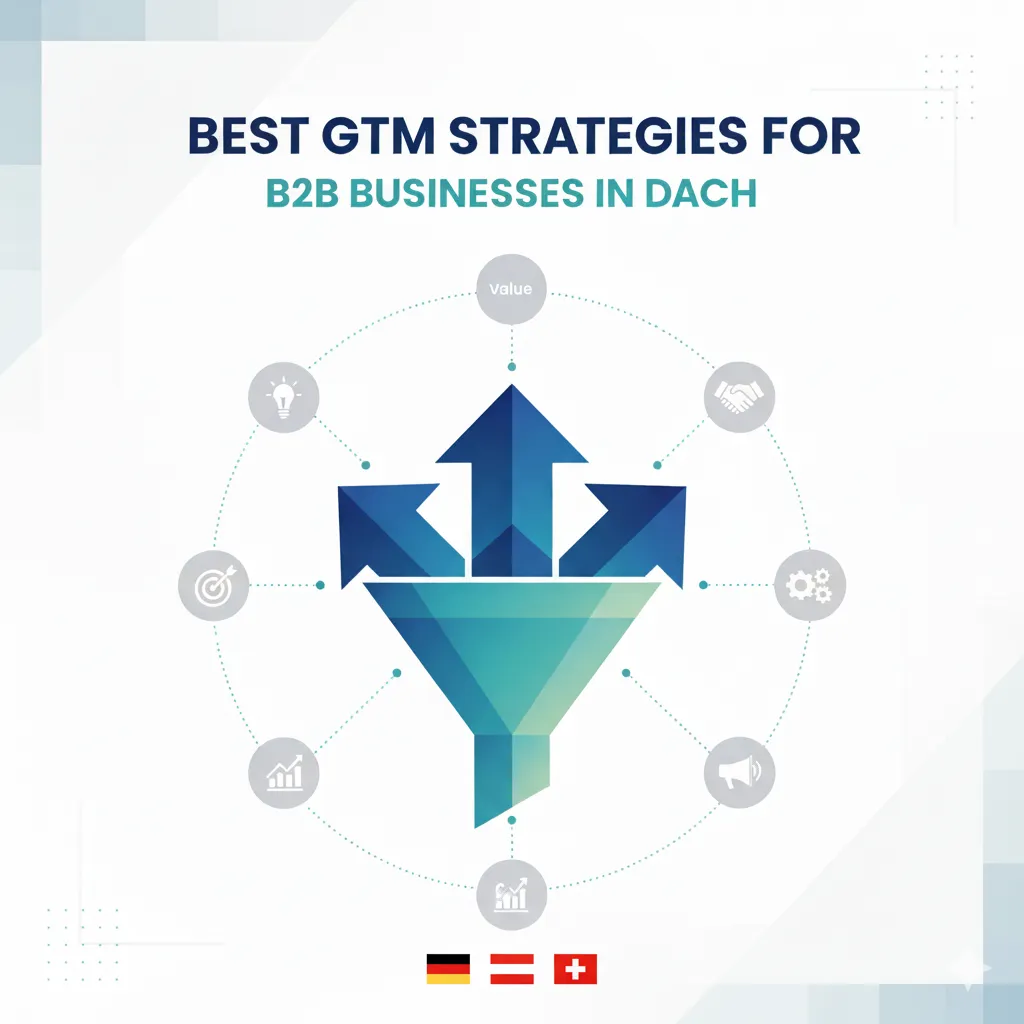A staggering 95% of cold emails fail to generate any reply, yet the 5% that succeed share one critical trait: they align B2B sales funnel messaging with the reality that modern buyers complete 70-90% of their research before ever speaking to sales. The gap between messaging that converts and messaging that gets deleted lies not in clever copywriting but in understanding how to meet prospects exactly where they are in their buying journey with the right message at the right moment. I’ll show you the specific messaging strategies that move prospects from complete strangers to closed deals, backed by data from thousands of successful B2B campaigns and practical frameworks you can implement immediately.
Contents
- 1 TL;DR
- 2 Breaking Through the Noise: Why Most Cold Outreach Fails
- 3 The Personalization Multiplier: Moving Beyond Mail Merge
- 4 Multi-Channel Orchestration: Creating Inevitable Engagement
- 5 Value Clarity: Transforming Features Into Business Impact
- 6 Trust Acceleration Through Strategic Social Proof
- 7 Converting Interest Into Commitment
- 8 FAQ
- 9 Sources
TL;DR
Master B2B sales funnel messaging by mapping content to buyer journey stages, personalizing at scale, and orchestrating multi-channel touchpoints that build trust through strategic social proof—transforming cold prospects into qualified opportunities ready to close.
- Well-targeted personalization campaigns achieve 10-15% reply rates versus 1-5% for generic outreach
- Multi-channel orchestration delivers 28% higher conversion rates than single-channel strategies
- Strategic social proof placement increases conversion rates by up to 34% across the funnel
Breaking Through the Noise: Why Most Cold Outreach Fails
The Research-First Reality Check
With 70% of B2B buyers completing most of their research before engaging sales, the traditional spray-and-pray approach to cold email sequences is fundamentally broken. Your prospects aren’t uninformed—they’re actively evaluating solutions, comparing alternatives, and forming opinions long before your first touchpoint. This shift demands messaging that acknowledges their existing knowledge while adding genuine value to their evaluation process.
The most successful B2B lead nurturing strategies I’ve implemented start with educational content that helps prospects identify problems they didn’t realize they had. Rather than leading with product features or company credentials, focus on industry insights and problem identification. A cybersecurity firm I worked with tripled response rates by sending CFOs educational content about emerging liability risks after major industry breaches—timing their outreach when concerns were highest rather than pitching generic security benefits.
Authority Building Through Problem Identification
Effective pain point messaging doesn’t start with your solution—it starts with helping prospects understand the true cost of their current situation. When crafting your ideal customer profile, identify the specific challenges keeping your prospects awake at night, then create content that quantifies these problems in business terms they care about.
For instance, instead of messaging about “improving efficiency,” a successful campaign might highlight how “manual quote generation costs enterprise sales teams 15 hours weekly and delays 30% of deals past quarter-end.” This approach positions you as an advisor who understands their world rather than another vendor pushing products.

The Personalization Multiplier: Moving Beyond Mail Merge
Segmentation That Actually Converts
The difference between 10-15% reply rates and the industry average of 1-5% comes down to segmentation depth. Account-based marketing messaging requires understanding prospects at multiple levels: industry vertical, company size, departmental challenges, and individual role pressures. Each segment needs distinct messaging that speaks directly to their unique situation.
I’ve seen manufacturing clients achieve 2.5x engagement improvements by segmenting prospects by production volume alone. Small manufacturers received ROI calculators focused on cost reduction, while enterprise prospects got compliance documentation and scalability assessments. The key is matching message depth to account value—your lead qualification criteria should determine how much personalization each prospect receives.
Dynamic Content at Scale
Sales and marketing alignment becomes critical when personalizing at scale. Marketing creates modular content blocks—industry statistics, role-specific benefits, company-size considerations—while sales assembles these into coherent narratives for each prospect. This approach maintains consistency while allowing customization where it matters most.
A B2B messaging strategy that works particularly well involves creating three personalization tiers. Tier one gets fully custom messaging referencing specific company initiatives, tier two receives industry-specific templates with dynamic fields, and tier three gets broader segment messaging with basic personalization. This ensures every prospect gets relevant content without overwhelming your team.

Multi-Channel Orchestration: Creating Inevitable Engagement
The Surrounding Effect Strategy
By 2025, 80% of B2B sales interactions happen through digital channels, making single-channel outreach increasingly ineffective. The most successful campaigns create what I call a “surrounding effect”—prospects encounter your message across multiple touchpoints, each reinforcing the others while respecting channel-specific expectations.
Middle-of-funnel content plays a crucial role in this orchestration. While your cold email might introduce a concept, your LinkedIn presence expands on it with case studies, and your retargeting ads showcase customer success stories. Each touchpoint adds a layer of credibility and familiarity, making eventual engagement feel natural rather than forced.
Channel-Specific Adaptation
Different channels serve different purposes in your buyer journey mapping. Email excels at delivering detailed information and resources, LinkedIn builds social proof through peer engagement, and website retargeting keeps you top-of-mind during evaluation periods. The key is maintaining message consistency while adapting format and depth to each channel’s strengths.
Sales enablement content becomes essential for maintaining this orchestration. Your sales team needs ready access to channel-appropriate materials—LinkedIn messages that reference email content, follow-up sequences that build on social interactions, and call scripts that acknowledge digital touchpoints. This creates a seamless experience that feels coordinated rather than repetitive.
Value Clarity: Transforming Features Into Business Impact
Quantification Over Qualification
With 79% of B2B buyers saying website content is crucial in product decisions, vague value propositions kill conversions. Strong messaging translates every capability into specific, measurable business outcomes. Replace “improve efficiency” with “reduce quote turnaround from 3 weeks to 3 days” or “generate 40% more qualified leads while cutting campaign setup time by 6 hours weekly.”
This level of specificity requires deep understanding of your prospects’ current state. During discovery calls, I always ask clients to walk through their existing process step-by-step, timing each stage and identifying friction points. This data becomes the foundation for value messaging that resonates because it reflects their actual experience rather than theoretical benefits.
Stage-Appropriate Value Communication
Your B2B sales funnel strategy should map different value drivers to each buying stage. Awareness-stage prospects need education about problem scope and impact. Consideration-stage buyers want capability comparisons and implementation requirements. Decision-stage stakeholders require ROI projections, risk assessments, and success metrics.
A marketing automation client saw conversion rates jump 35% after restructuring their content this way. Early-stage content focused on identifying wasted marketing spend, mid-stage materials compared automation approaches, and late-stage resources provided detailed ROI calculators and implementation timelines. Each piece built on previous interactions, creating momentum toward purchase.
Trust Acceleration Through Strategic Social Proof
Matching Proof to Objections
While 79% of B2B buyers rely on social proof, randomly scattered testimonials waste this powerful conversion tool. Effective account-based marketing messaging maps specific proof points to common objections at each funnel stage. Early-stage prospects need credibility indicators like client logos and industry awards. Mid-funnel buyers want detailed case studies from similar companies. Late-stage decision-makers require ROI documentation and implementation testimonials.
The typical B2B buying group involves 6-10 decision-makers, each with distinct concerns. Your CFO needs financial impact studies, your IT team wants technical implementation examples, and your end users need workflow testimonials. Creating stakeholder-specific proof points dramatically reduces friction during final evaluations.
Dynamic Proof Deployment
Static testimonial pages miss opportunities to deploy social proof when it matters most. Implement dynamic proof systems that show relevant case studies based on visitor behavior, industry, or referral source. A prospect evaluating your pricing page should see ROI examples from comparable companies, not generic success stories.
I helped a SaaS client implement behavioral triggers that displayed different case studies based on page viewing patterns. Prospects who spent time on integration pages saw technical implementation stories, while those focusing on pricing received ROI-focused testimonials. This targeted approach increased demo requests by 42% without changing any other page elements.

Converting Interest Into Commitment
Multi-Stakeholder Alignment
With only 47% of proposals resulting in wins, successful closing requires systematic stakeholder management. Your lead qualification criteria should identify all decision-makers early, allowing you to craft targeted messaging for each perspective. BANT qualification helps prioritize opportunities, but modern buying committees require deeper stakeholder mapping.
Create a stakeholder matrix for each opportunity, documenting individual concerns, success criteria, and influence levels. Your sales enablement content library should include materials addressing each stakeholder type—technical documentation for IT, ROI models for finance, and change management resources for operations. This preparation prevents last-minute objections from derailing deals.
Momentum Maintenance Strategies
The gap between interest and purchase often kills deals. Maintain momentum through structured follow-up cadences that add value rather than just checking in. Share relevant industry news, provide additional resources addressing specific concerns, and offer incremental commitments like technical assessments or pilot programs.
Your mid-funnel marketing should support this process with nurture sequences that keep prospects engaged between sales touchpoints. Automated workflows can deliver targeted content based on engagement patterns, ensuring prospects receive relevant information even when sales isn’t actively engaged.
FAQ
How many touchpoints does it take to convert a B2B prospect from cold to closed?
Most successful B2B sales require 8-12 touchpoints across multiple channels, with 80% needing at least five follow-ups. The key isn’t just quantity but strategic spacing and value addition—each interaction should provide new insights or address different concerns while building on previous conversations.
What’s the ideal messaging cadence for B2B cold email sequences?
Start with an initial email, follow up after 3 days, add another touchpoint at one week, and include a final “breakup” email after two weeks. This cadence balances persistence with respect, though high-value accounts may warrant extended sequences with additional touchpoints spread over 30-45 days.
How do you personalize B2B messaging at scale without sacrificing quality?
Create three personalization tiers based on account value: fully custom for enterprise accounts, industry-specific templates for mid-market, and segment-based messaging for smaller opportunities. Use dynamic content blocks and modular messaging components that sales can quickly customize while maintaining brand consistency.










